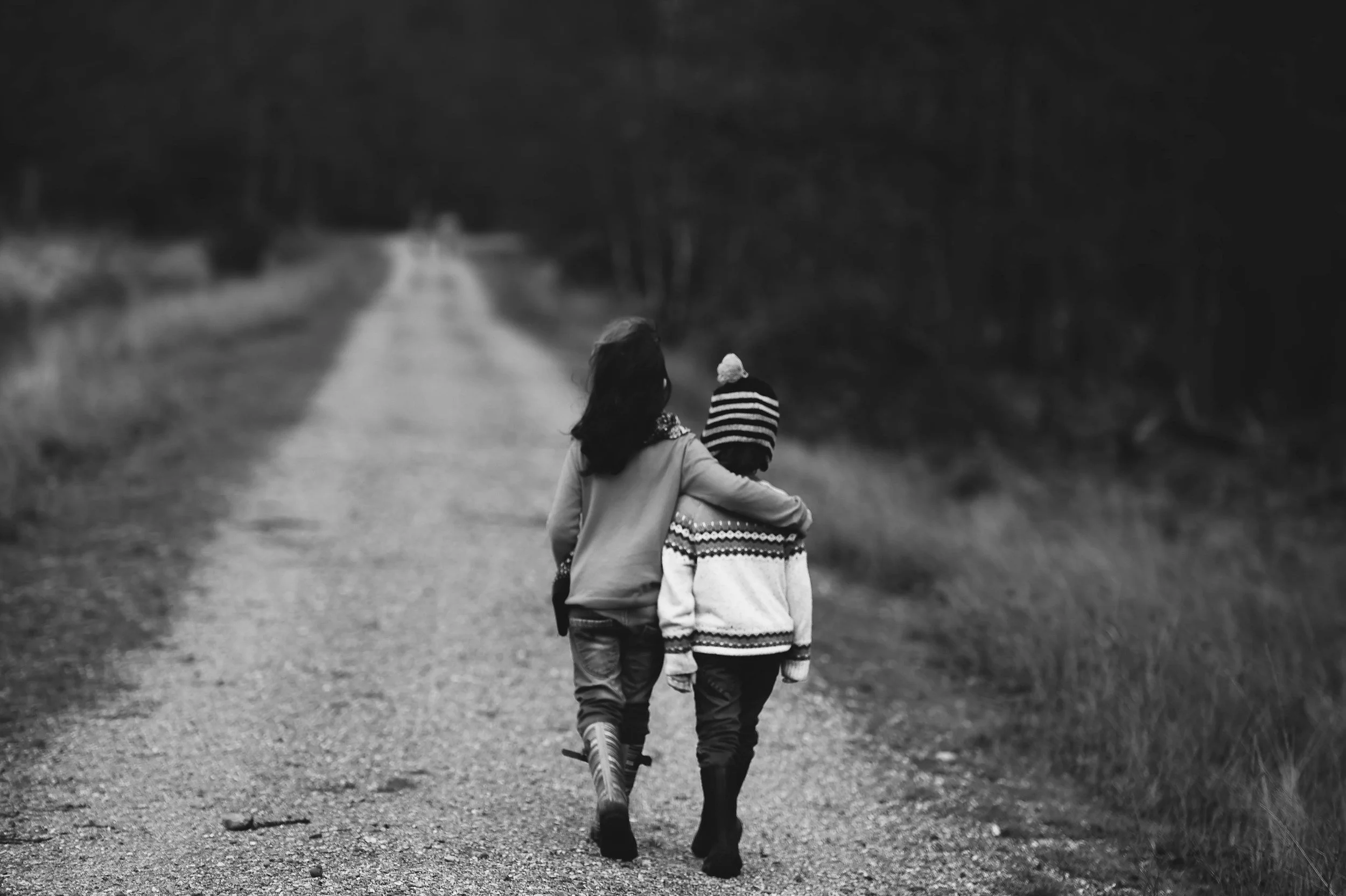Case Study - Bridge Building
It is 2025 and division again is the order of the day.
In 2017, in a similar time, I was living in Washington DC, the reader can imagine that I was surrounded by Hillary Clinton supporters as the city voted overwhelmingly for Clinton. When Donald Trump won the electoral college vote, my Washington neighbors could not believe.
Some of those DC neighbors went to protest and were part of the resistance. As someone who in my mid 20s had spent months volunteering on a Native American reservation in Idaho and in the poorest county in Appalachian Tennessee, to me, it made sense to be more curious about what people were thinking. And to question if there were ways that we could empathize, understand, and bring people together.
“But you know what? We’re tired of watching our sons, daughters, and husbands move to the cities where you live, with good schools, jobs, and hospitals. This is the best offer that’s come to this community in a generation. Where were you 15 years ago with your talk of sustainable development and local jobs?”
Nine years before, in 2008, I had been working as a sustainable regional development strategist in coastal South Carolina. In a small town, there was a proposal to construct a large plant that my organization did not think was sustainable. So we went up to the public hearing to tell our piece.
The thing was, a woman about my mother’s age was also speaking at that hearing, and when she spoke, with tears running down her face, she said “We know this plant is going to pollute our air and our fish in the water. We know most of the jobs are going to go to out of state engineers. But you know what? We’re tired of watching our sons, daughters, and husbands move to the cities where you live, with good schools, jobs, and hospitals. This is the best offer that’s come to this community in a generation. Where were you 15 years ago with your talk of sustainable development and local jobs?”
That episode made me realize that I had always lived in areas just like she described: good jobs, schools, healthcare. I hadn’t questioned my assumptions about the realities of others living without that proximity, and perhaps, because of a family reason or otherwise, an inability to move.
So when people were mad and frustrated in 2016, and voted for a candidate that many in those prosperous well educated regions questions, I had an idea about the frustrations that underlay the divisions. Yes, there is racism, hate, and fear in our country; and there are other feelings of sadness and desperation that can be a part of our divisions. Fundamentally, unless we’re giving up, we have to believe that good decisions by government and better communication with communities on the ground can make this better.
With good government, and with information exchange between state and national policymakers and diverse Appalachian communities, we could show a better path forward.
And so in 2017, I moved and left family and friends behind in Washington DC where I had lived for years and became the outsider director of advocacy at Fahe, a network of Appalachian community development organizations working in six states. I joined a management committee where the overwhelming tenure was well over a decade and who were from Kentucky. This case study is about character at this moment in time, which underlies my practice today.
At Fahe, I thought we could be a little piece of that vision of connection: showing a network of organizations getting things done, building homes, securing broadband, bringing in jobs. We could be a part of those community by community successes building the credibility of organizational and community leadership to make things better.
These communities and leaders could advocate for themselves in their state capitals and in the nation’s capital. We, the advocacy and communications staff at a regional nonprofit like Fahe, could help tell that story more effectively. We could tell the story of successes of homes getting built and new jobs. And also deindustrialization, opioids, and the feeling of hopelessness by some in Appalachian communities. We could partner with those communities to better understand the resources available from the state and federal policy makers and help adapt those resources to the reality on the ground.
It is not the work that’s glamorous. It’s not the place to go to be a savior. It is the kind of work that is there to do, to pull the pieces together to bring parties together and to convene in these little moments. There is overwhelming anger and hate and racism and elitism and lack of empathy. And despite all of that, we still have much in common.
That is one reason this organizational and community work is important.
When we do that work well, over many instances, it adds up to make all of our people’s lives better and more prosperous. Our republic and the idea that we can work together to a fair American dream matter.
